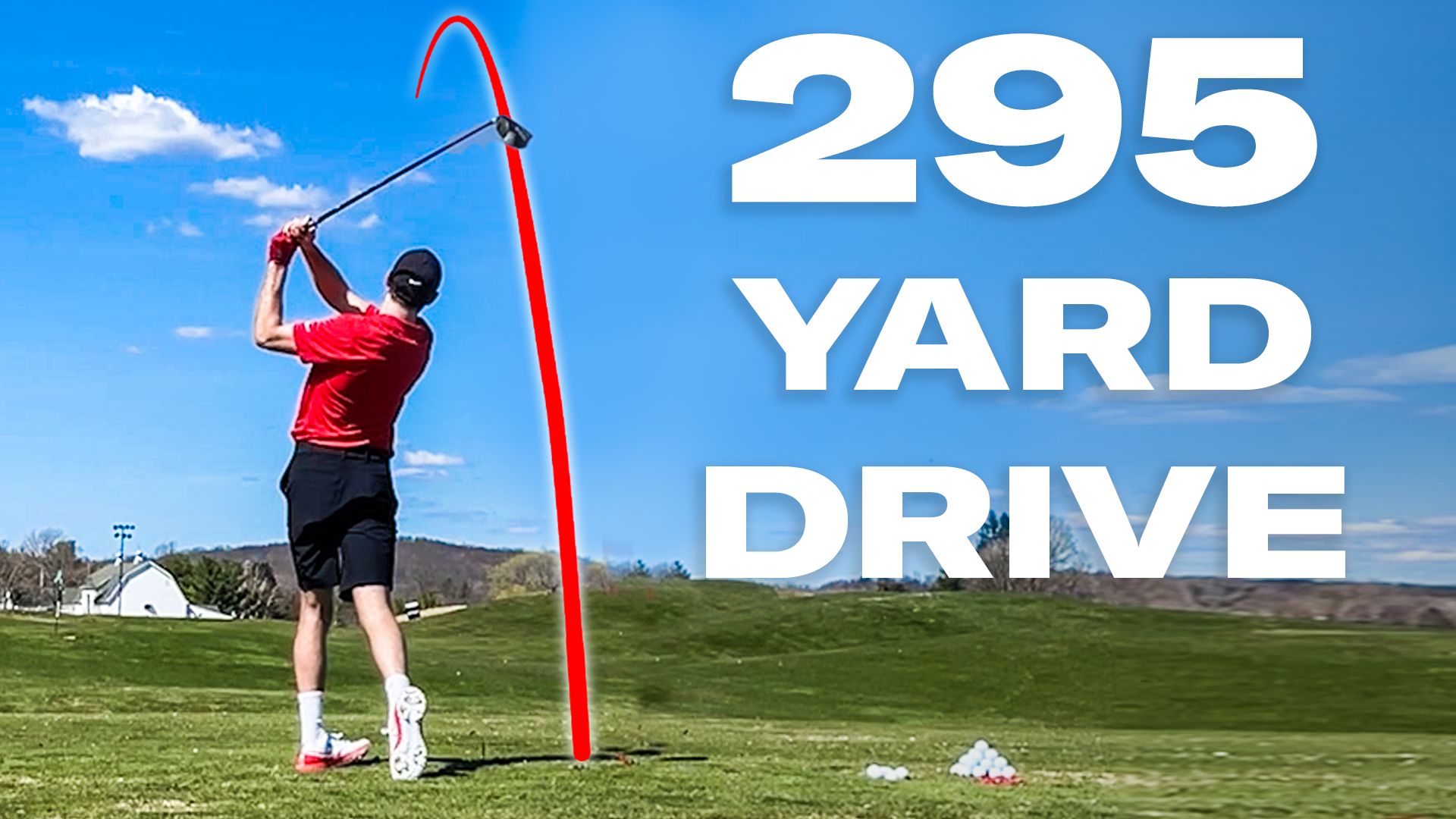
Increasing your golf pace of play doesn't necessarily mean that you need to rush through your round. It means you can flow smoothly through your round, without waiting and without any repercussions. You and your spouse will be happier if you have a predictable round. Here are some ways to improve your playing style. These tips will help you improve your game quickly.
Problems with pace on the golf course
It is possible to establish a simple policy for your golf course if it experiences difficulties with pace. The policy may specify a time limit in which players must complete the course. The number of holes may be adjusted depending on the number of players in a group or the form of golf being played. If a player or group spends more than that amount of time on the course, they will be disqualified and may have to pay a penalty.
This issue can be addressed by making it clear to the players what their pace is. It is important for golfers to be clear about their expectations and be open to changing. For example, if they are waiting for another group to finish a hole, it would be a good idea to make it clear that they will be ready to start their next round. This will help players plan their next shot, place a putt, determine the best club, and prepare for the next round.

Rules to maintain a steady pace on a golf course
One of the most important rules of golf is to keep a proper pace of play. Players should not rush through a hole, and they should not write down scores on the green. They should keep track of their scores at each tee. They should also be familiar with the rules, including matchplay and scramble. It is also important to not lose position when playing against others.
On the PGA Tour, and among amateur golfers, pace of play is a key issue. Golfers enjoy a quick round, so spending five to six hours on the green is not appealing. Golf courses should have guidelines in place to ensure that each group plays at a similar pace. Golf courses will attract more people if they have a pace that is suitable for their needs.
There are many ways to speed up the pace on a course.
The pace of play on a golf course is influenced by the number of shots taken to complete a round and the time spent between shots. Playing 71 holes is a typical example of how long it takes to play a round. The remaining time is spent in the travel between shots or waiting for others to hit. To improve your pace on the golf course, take time to review and evaluate every shot before hitting it. You can also spend this time writing scores. To achieve this, you must always be within one swing from the group before you.
Technology that makes the game more fun can slow down the pace of play. Lightspeed's Order Ahead technology reduces the time required to complete a turn. It allows golfers who are on their way to the 10th hole to pick up orders at a nearby restaurant. This technology improves the pace of play throughout the course.

Improvements in play's pace
The USGA does ongoing research into pace of play. In fact, they have even developed statistics to measure it. Golf courses can use technology to monitor pace and react immediately. This can reduce the number of golf course rangers. It can also make golf more fun for customers. Golf courses can make their rounds more enjoyable by using these three strategies to improve their speed of play. So what is the secret?
Slow play can be frustrating for golfers. Slow golf can make it difficult for players to have fun and enjoy the game. Golfers do better when they feel like they are "in the flow" of a round. Slow play can also impact their score. One of the reasons why golfers quit is their slow pace. Slower rounds of golf are less popular among golfers.
FAQ
What is the difference between a driving course and a putting-green?
A driving range lets players practice hitting balls from 50-300 yards. For putting practice, players can use putting greens.
How can a golfer score points on the course?
Points are awarded according to how well a competitor performs in a competition. In golf, points can be earned in many different ways. A player might win a tournament by scoring more points than any other player. A player could finish in second place and win half of the prize money. You can also earn points for placing 3rd through 10th. These extra points are called'strokes'.
Other than official competitions, there are many non-official events that award players points. In some cases, a player may be given bonus points if they have previously performed well in a particular event.
How do I learn to play golf?
Learning how to play the game of golf takes practice and patience. However, it is possible to improve your game over time. These are some tips that will help you improve your game.
-
It is essential to practice regularly. Golf requires constant concentration and attention. If you don't practice enough, you will not improve your skills.
-
Play with people who can play. Playing with other people helps you develop your own style of play.
-
Before you practice, learn about golf. This will help you get a sense of the things you should work on.
-
You don't have to be able to do everything at once. You can start by focusing on one area of your game. For example, focus on improving your putting or learning to chip. Move on to the next area of your game when you feel confident.
-
Take lessons. Learn from lessons how to improve your posture, swing speed, and stance.
-
Try new techniques. Try out new grips, stances or swings.
-
Keep track of your progress. Keep track of your progress by recording your scores. This way, you can identify areas where you need improvement.
-
Join a local golf club. Many clubs offer lessons for free. Clubs often have welcoming members who are eager to help newcomers.
-
Get a coach. Find a coach who can help you with specific aspects of your game.
What happens after a round?
At the end a round, the person with the lowest score wins. If two players tie for first place they each win.
If three or more people share first place after 18 hole, they are eligible to share the prize cash.
If two people are tied after 18 hole, the tournament committee decides who wins the prize money.
Where can i find a great golf course?
Most major cities have their very own golf courses. These courses offer quiet practice for your swing.
If you prefer a more casual atmosphere, one of the many country's golf resorts might be a good option.
Statistics
- In the United States, the number of people who play golf twenty-five times or more per year decreased from 6.9 million in 2000 to 4.6 million in 2005, according to the [51] (en.wikipedia.org)
- They do this by means of assessing and rating courses according to the average good score of a "bogey golfer," a player with a handicap of around 20. (en.wikipedia.org)
- They do this by means of assessing and rating courses according to the average good score of a "bogey golfer," a player with a handicap of around 20. (en.wikipedia.org)
- He shanked the first attempt, but it is estimated his second went more than 200 yards (180 m).[52]Golf courses worldwide. Below are the top 20 countries with the most golf courses as of 2019.[53]CountryNumber of (en.wikipedia.org)
External Links
How To
How to Hit the Perfect Bunker Shot
A bunker shot, a type or golf shot that aims at a particular spot on the green (the holes) to ensure your ball hits the ground without bouncing off of the surface, is one example. This is done by taking advantage if the green slopes. This is done to ensure that the ball travels as straight as possible towards the hole.
You want to play golf in the best possible line to get to your target point. You need to take into account many factors, including how far away you are from the target and what terrain you are hitting through. Also, weather conditions, bounce requirements, and whether the ball needs bouncing off the ground.
Understanding the laws of physics is essential to executing a flawless bunker shot. It is important to determine whether you are going uphill, or downhill. If you're facing uphill, you'll need to use a drawing club. If you're facing downhill, you'll need to swing with a fade. Next, you'll need to figure out how fast you need to move your body in order to stop the ball from bouncing off the green. This can be done by measuring the angle between your ball and the direction in which you are traveling. Next, determine the dimensions of the bunker you want to aim at.
Once you've figured these things out, you can start swinging. You should swing hard enough to allow the ball to pass the face of your club head, but slow enough so that it doesn't bounce off the green. Once you have the speed and trajectory you want, you can start to approach. Slowly approach the ball, until you can clearly see the landing zone. Then, take one last look at the ball before releasing it. If all goes according plan, you will be able to make a perfect bunker shot.